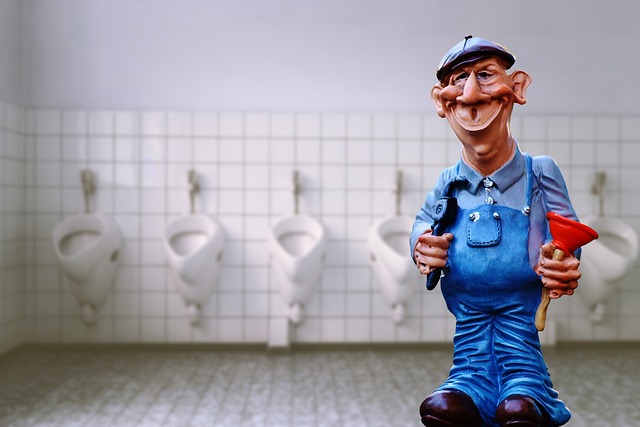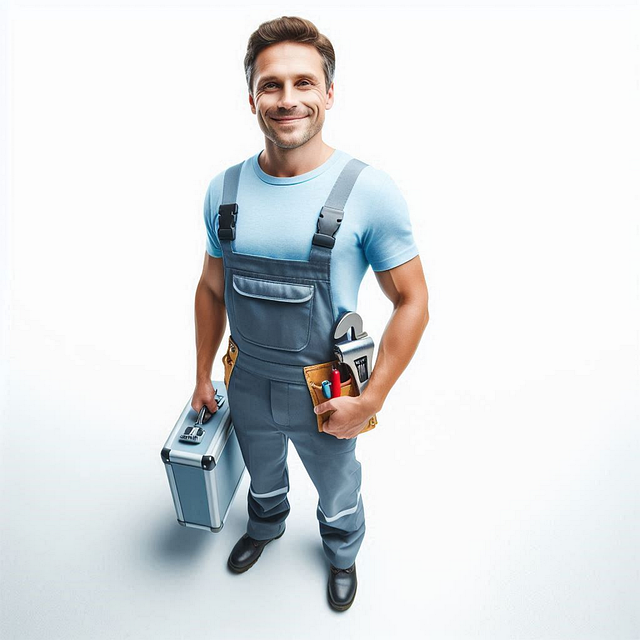Trenchless technology has revolutionized sewer line repairs for plumbers, offering a more efficient, less disruptive alternative to traditional open-cut excavation. Using specialized equipment like cameras and robotic arms, plumbers can access, inspect, and repair pipes from above ground, minimizing disruption to properties and infrastructure. This innovative approach is especially beneficial in urban areas with dense populations, reducing labor costs, minimizing environmental impact, and ensuring higher-quality repairs.
“Revolutionize sewer line repairs with trenchless technology, a game-changer in the plumbing industry. This innovative approach allows plumbers to fix or replace damaged pipes without traditional digging, minimizing disruption to properties and surrounding areas. Understanding trenchless technology offers numerous advantages, from cost-effectiveness and faster completion times to less environmental impact. Explore common techniques like relining, cutting, and micro-excavation, each with unique applications, making it a reliable and efficient solution for modern plumbers.”
- Understanding Trenchless Sewer Repair Technology
- Advantages of Using Trenchless Methods for Plumbers
- Common Trenchless Techniques and Their Applications
Understanding Trenchless Sewer Repair Technology

Trenchless technology has revolutionized the way plumbers approach sewer line repairs, offering a more efficient and less disruptive method compared to traditional open-cut excavation. This innovative technique allows for the repair or replacement of damaged sewer pipes without digging extensive trenches along the length of the line. Instead, specialized equipment is utilized to access and fix the pipe from above ground level, minimizing disruption to surrounding properties and infrastructure.
The process involves using advanced machinery, such as cameras and robotic arms, to inspect the interior of the pipe for damage or blockages. Once identified, plumbers can make precise cuts and insert replacement sections or repair materials through a small access point. This non-invasive approach not only reduces the time required for repairs but also lowers the risk of further damaging the pipeline or disrupting daily activities in the area. Trenchless technology is particularly beneficial for urban areas with dense populations and limited space for large-scale excavation projects, ensuring faster restoration of normal plumbing operations.
Advantages of Using Trenchless Methods for Plumbers

Plumbers now have access to innovative solutions that transform the way they approach sewer line repairs, and trenchless technology is at the forefront of this revolution. One of the primary advantages is its minimal invasiveness, eliminating the need for traditional excavation methods. This not only reduces the time and labor required but also minimizes disruptions to the surrounding area, making it an eco-friendly option. With trenchless techniques, plumbers can repair or replace sewer lines without digging up vast sections of land, which is especially beneficial in urban settings with limited space and dense infrastructure.
Furthermore, these advanced methods offer increased precision and effectiveness. Plumbers can now access hard-to-reach areas with greater ease, ensuring that repairs are targeted and thorough. The use of modern equipment, such as high-pressure water jets and specialized cameras, allows for real-time visual inspection, enabling plumbers to identify and rectify issues promptly. This results in higher-quality work, reduced chances of future breakdowns, and satisfied customers who appreciate the convenience and efficiency of trenchless sewer line repairs.
Common Trenchless Techniques and Their Applications

Trenchless technology has transformed the way plumbers approach sewer line repairs and maintenance. This innovative approach eliminates the need for traditional digging, minimizing disruption to properties and public spaces. Several trenchless techniques have gained prominence in the industry. One of the most common is pipe relining, where a new liner is inserted into the existing pipe to strengthen and restore its structural integrity. This method is ideal for repairing cracks, leaks, and defects in older pipes without excavating the ground.
Another widely used technique is robotic plumbing, which employs remote-controlled robots to inspect and repair sewer lines. These robots can navigate tight spaces and complex pathways, allowing plumbers to identify issues precisely. Robotic plumbing is particularly useful for locating blockages, clearing obstructions, and repairing damage in hard-to-reach areas. By leveraging trenchless technology, plumbers can offer efficient, cost-effective, and less invasive solutions, ensuring the smooth functioning of sewer systems while minimizing environmental impact.
Trenchless technology is transforming the way plumbers approach sewer line repairs, offering a more efficient, cost-effective, and environmentally friendly alternative to traditional trench excavation. By adopting these innovative methods, plumbers can minimize disruptions to properties and public spaces, reduce project timelines, and provide long-lasting solutions for damaged sewer lines. This modern approach to maintenance ensures that today’s plumbing professionals are equipped with the tools to meet the demands of a fast-paced world while preserving the integrity of our urban infrastructure.
